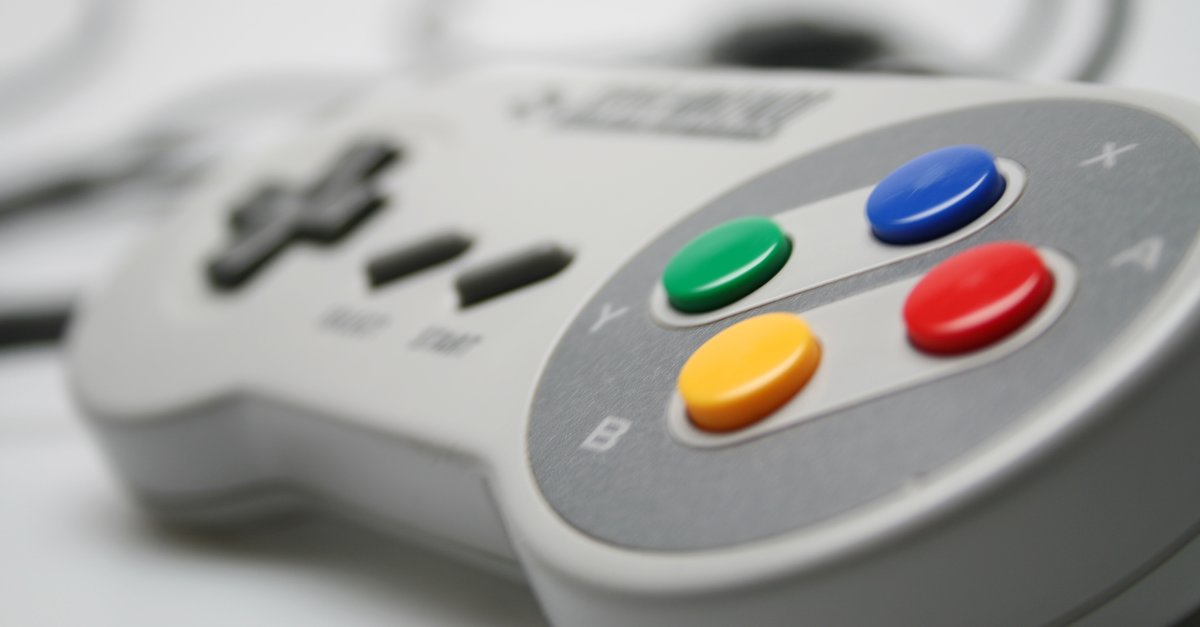Smartphone cameras: This is how great cell phone photos are taken
If you look at photos taken with smartphones, you will notice how much the cameras have improved over the past few years. In addition to software improvements, one trend in particular helped: more lenses on the back of the device. We have summarized for you why smartphone cameras have become so much better.
smartphone cameras has always existed. But photos from mobile phone cameras were not always a guarantee of quality. The fact that this situation has changed is mainly due to two things: improvements in the camera software and better camera sensors. And preferably several of them.
Contents
Better smartphone cameras: More sensors are one reason
With the Huawei P9 (2016), a dual camera was used for the first time to take better photos. In addition to a color sensor, the P9 has a monochrome sensor. Due to the missing color filter, significantly more brightness information can be recorded and calculated with the color image. This reduces image noise.
The fact that the quality of the photos does not increase with the number of lenses is also shown by tests that certify the device’s rather mediocre color reproduction.
How much better has smartphones made digital photography? In our comparison, we pit 20 years of technical progress against each other:
Better zoom with the smartphone: the telephoto camera
The zoom function in particular benefits from a dedicated telephoto lens. There are several lenses in front of the camera sensor that magnify the incoming light. Through this optical zoom zoom photos are made possible in a higher quality than with a pure digital zoom it is possible.
At a hybrid zoom the image information from the telephoto camera is upscaled using artificial intelligence. It can look good, but it doesn’t have to.
With the Galaxy S20 Ultra 5G, Samsung introduced a hybrid zoom with 100x magnification for the first time. Even three years later with the Galaxy S23 Ultra, or the Honor Magic 5 Pro, we still see the 100x zoom more as a marketing gimmick than a feature that can really be used in everyday life.
Smartphone cameras with a wide-angle lens are suitable for landscape shots. Here the light is “bent” by the lens in such a way that a larger area can be photographed.
More megapixels does not automatically mean better quality
A new sound barrier has been broken in recent years: Some smartphone cameras – such as in the Motorola Edge 30 Ultra – have camera sensors with a resolution of 200 megapixels. What does this mean for the quality of the images? Very little at first. Photos benefit here above all from the “pixel binning“. Several image pixels on the sensor are thus combined into one pixel on the photo, the images of a 200 MP camera can still be 12.5 MP in size. This method can be used to reduce image noise in particular. As a result, photos taken with lower resolutions can easily keep up with the Pixel 7 Pro, for example.
More on the subject:
9 tips: How to take better photos in the snow with your smartphone iPhone photography: 10 tips for better pictures
But: The software makes the picture
Just as important as lenses and camera sensors is the camera software on the smartphone, because with more information, more has to be “added together”.
The software can calculate several images shot one after the other in order to reduce noise. Machine learning also helps to recognize objects directly, reduce movements afterwards and automatically apply the right settings, such as white balance, to the photos.
In addition, smartphone cameras can use the information from multiple lenses with different focal lengths to simulate the bokeh effect.



